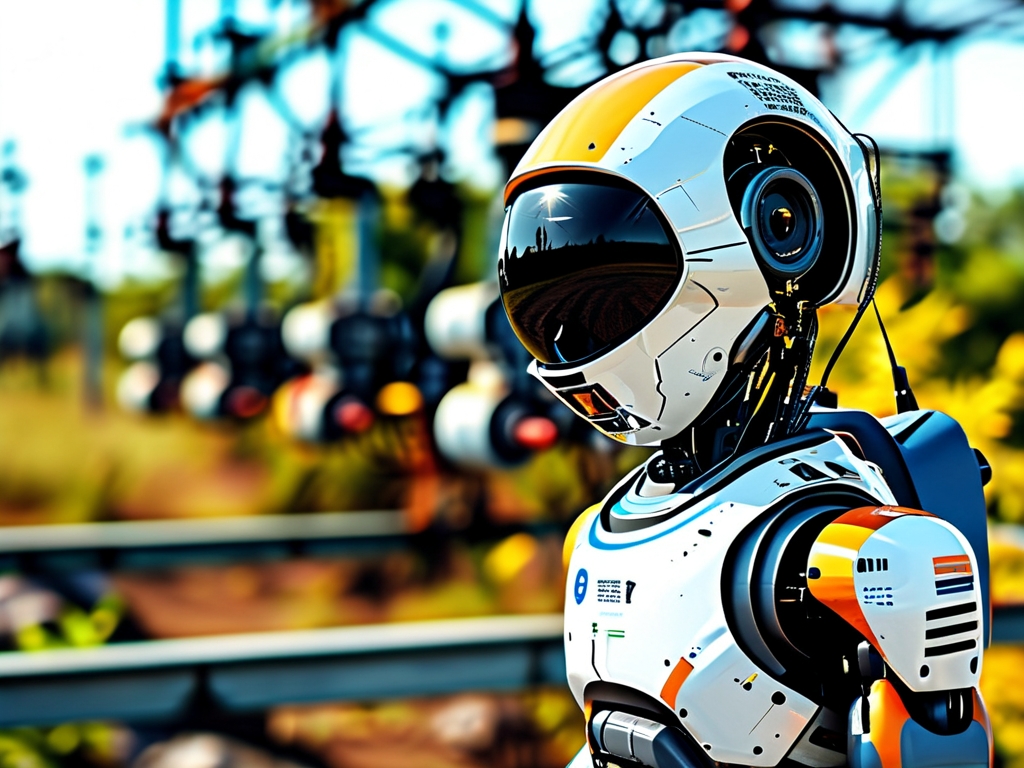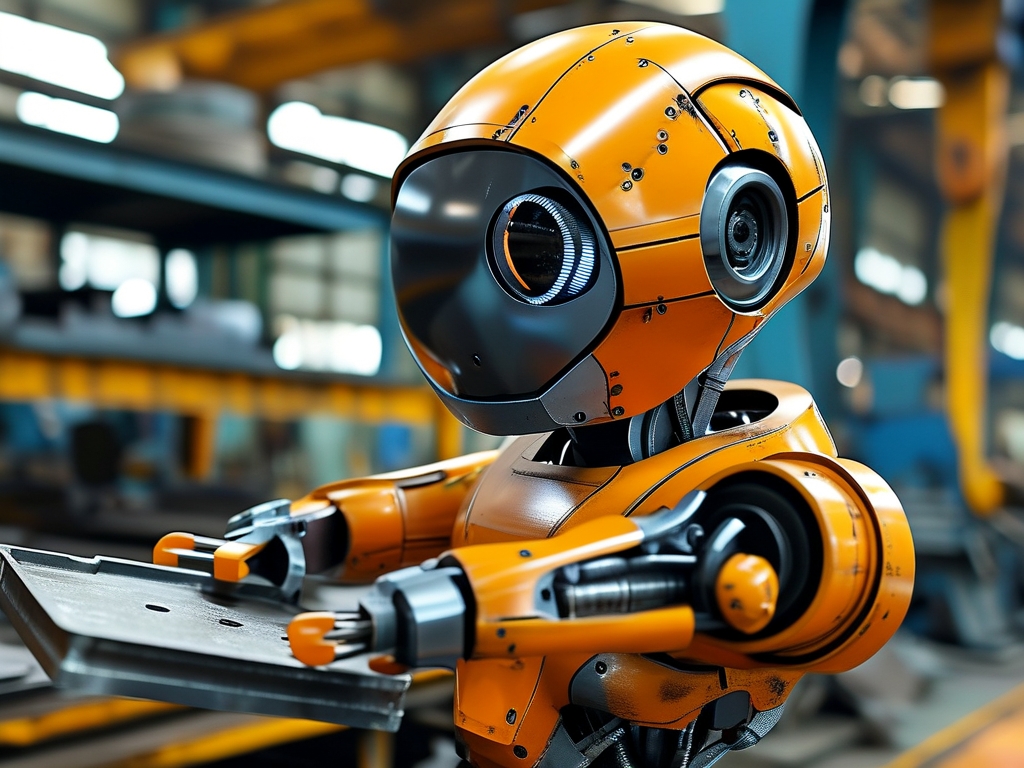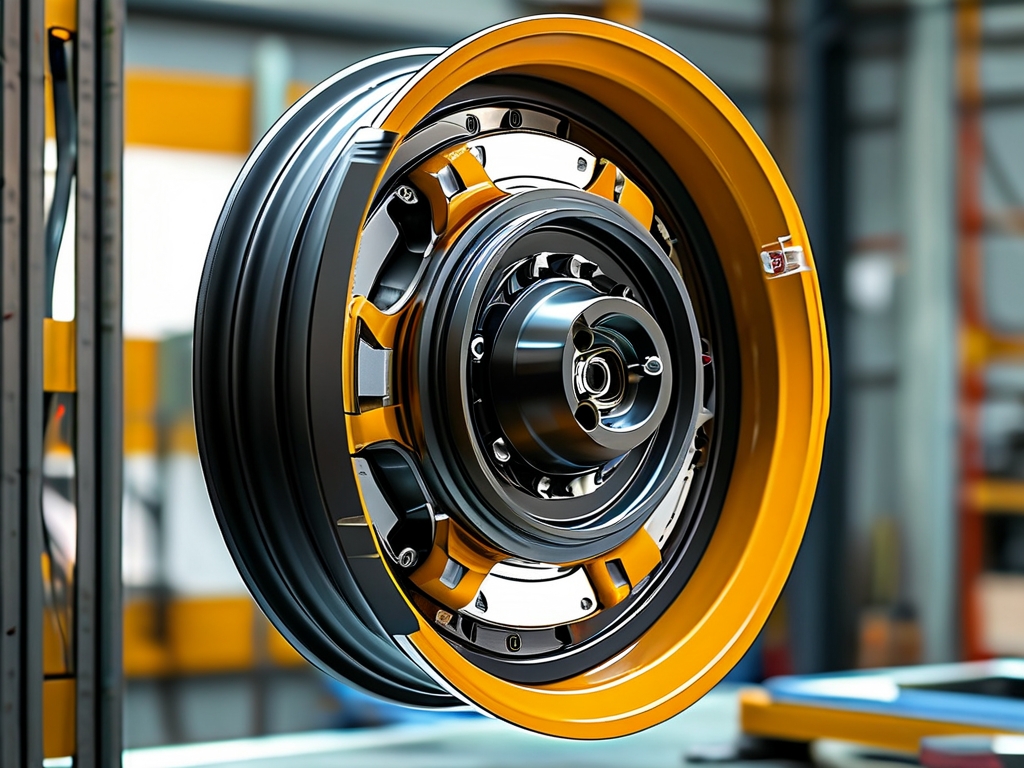The global energy landscape is undergoing a transformative shift, driven by the need for reliable, sustainable, and efficient power distribution systems. Within this context, power grid inspection robotics has emerged as a groundbreaking technology, redefining how utilities monitor and maintain critical infrastructure. By integrating artificial intelligence (AI), advanced sensors, and autonomous navigation, these robots are addressing longstanding challenges in grid management while paving the way for smarter energy networks.

The Evolution of Grid Inspection
Traditional power grid inspections have long relied on manual labor, requiring technicians to climb transmission towers, traverse remote terrains, and inspect equipment under hazardous conditions. This approach is not only time-consuming and costly but also poses significant safety risks. With aging infrastructure and expanding grids, the limitations of human-centric methods have become increasingly apparent.
Enter grid inspection robots—sophisticated machines designed to autonomously or semi-autonomously inspect power lines, substations, and related infrastructure. Equipped with high-resolution cameras, thermal imaging, LiDAR, and vibration sensors, these robots detect faults such as corrosion, loose components, and overheating with unparalleled precision. For example, drones (UAVs) now perform aerial inspections of high-voltage lines, while ground-based crawlers navigate substations to identify leaks or structural weaknesses.
Core Technologies Driving Innovation
- AI and Machine Learning: Modern inspection robots leverage AI algorithms to analyze vast datasets in real time. Machine learning models trained on historical fault data can predict potential failures, enabling proactive maintenance. For instance, AI-powered image recognition identifies cracked insulators or vegetation encroachment near power lines, reducing outage risks.
- Autonomous Navigation: Using GPS, SLAM (Simultaneous Localization and Mapping), and obstacle-avoidance systems, robots operate in complex environments without human intervention. Aerial drones, for example, follow pre-programmed flight paths while dynamically adjusting to weather changes.
- Sensor Fusion: Combining data from multiple sensors—such as thermal cameras, ultrasonic detectors, and gas sensors—enhances diagnostic accuracy. A robot inspecting a transformer can simultaneously measure temperature, detect oil leaks, and assess electromagnetic interference.
- 5G and IoT Integration: High-speed connectivity enables real-time data transmission to control centers. IoT-enabled robots share insights with centralized grids, facilitating rapid decision-making during emergencies like wildfires or storms.
Applications and Case Studies
The adoption of grid inspection robots is accelerating worldwide:
- China: State Grid Corporation of China (SGCC) deploys thousands of inspection drones annually, slashing inspection times by 70% and reducing workforce exposure to high-risk environments.
- United States: Pacific Gas & Electric (PG&E) uses quadruped robots to inspect wildfire-prone areas, identifying faulty equipment before it sparks disasters.
- Europe: E.ON’s autonomous underwater robots inspect offshore wind farm cables, minimizing downtime in harsh marine conditions.
These examples underscore the technology’s versatility across diverse geographies and grid types.

Benefits Beyond Efficiency
Beyond operational improvements, grid inspection robots deliver broader societal and environmental advantages:
- Safety: By replacing humans in dangerous tasks, robotics mitigate workplace accidents. A 2023 study by the International Energy Agency (IEA) noted a 40% drop in inspection-related injuries among early adopters.
- Sustainability: Early fault detection prevents energy losses and reduces carbon footprints. For example, identifying a defective capacitor bank early can save megawatts of wasted electricity.
- Cost Savings: While initial investments are high, robots cut long-term expenses. PG&E reported a 25% reduction in maintenance costs after deploying inspection robots in 2022.
Challenges and Future Directions
Despite its promise, the technology faces hurdles:
- Technical Limitations: Battery life, payload capacity, and adaptability to extreme weather remain constraints. Researchers are exploring solar-powered drones and hybrid robots to address these issues.
- Regulatory Barriers: Airspace restrictions for drones and data privacy concerns complicate large-scale deployments. Collaborative frameworks between governments and utilities are critical.
- Skill Gaps: Operators require training in robotics and AI, necessitating workforce development programs.
Looking ahead, advancements in swarm robotics (multiple robots collaborating) and quantum computing (for faster data processing) could revolutionize the field. Additionally, integrating robotics with renewable energy systems—such as solar or hydrogen-powered robots—will align grid inspections with global decarbonization goals.
Power grid inspection robotics represents a paradigm shift in infrastructure management, blending cutting-edge technology with practical utility needs. As grids grow more complex and climate-related disruptions intensify, these robots will play an indispensable role in ensuring resilient and efficient energy systems. By embracing innovation, utilities worldwide can future-proof their operations while advancing the transition to a sustainable energy future.






